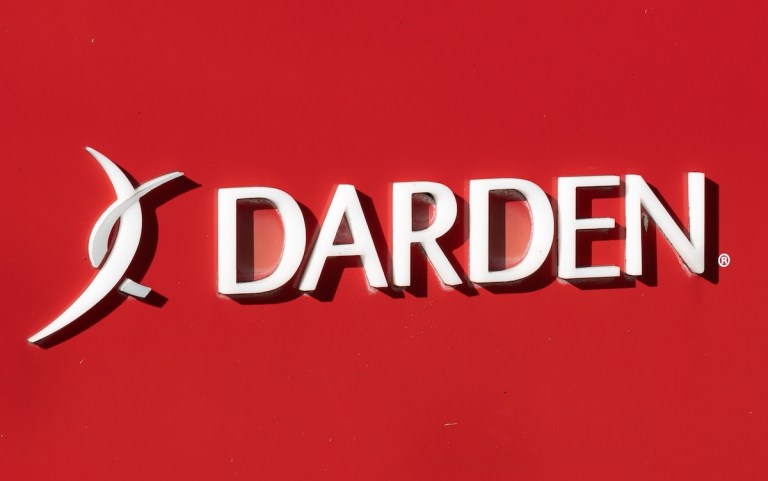The company shared Friday (Dec. 15) on a call with analysts discussing its second-quarter fiscal 2024 earnings results that it has shut down delivery at its Ruth’s Chris Steak House stores, finding that the higher prices on those channels to accommodate the cost of fulfillment negatively impacted how consumers viewed the brand’s own value.
“We still feel really confident about our decision to [stop] the third-party delivery, even if we had to price more to cover that,” Darden President and CEO Rick Cardenas said on the call. “Our consumer would see that as our price, not necessarily the price for delivery.”
Consumers can be put off by the costs of third-party delivery. PYMNTS Intelligence’s study “Connected Dining: Rising Costs Push Consumers Toward Pickup,” which drew from a survey of more than 2,100 U.S. consumers, revealed that 58% of takeout customers said they pick up their meals to save on the delivery fee. Plus, 48% of consumers reported that they have been more likely to pick up their restaurant orders themselves rather than have them delivered due to inflation.
Additional data from the Connected Dining series found that only 5% of restaurant orders are placed for third-party delivery, and among those who do not use aggregators, 50% stated that aggregators are too expensive.
Moreover, Cardenas said the channel can take a toll on other, more profitable parts of the business.
Advertisement: Scroll to Continue
“We’re looking [at] … the execution in the restaurant, what it does to our teams, and how we can execute our existing to-go business, and we’ve made investments over the last few years to make that experience even better for our consumer, and we continue to do that,” Cardenas said.
He noted that the locations that have offered third-party delivery “for quite a while” have not been “significantly different” from those that have not.
The restaurant group’s tech focus overall is currently more on back-of-house tasks than on consumer-facing experiences, having spent recent years prioritizing improving the customer experience via off-premise channels.
The choice to focus on less visible parts of the dining experience is in line with most restaurant customers’ sentiment that having more technology present does not necessarily have a positive impact on their dining experiences. A PYMNTS Intelligence survey of more than 2,200 U.S. consumers last year revealed that only 37% agreed that more technology inside restaurants means better customer service.
“We’re working on our tech plans for the next few years, but I would think that AI would be a little bit more part of that, especially on the back-of-the-house things, maybe not necessarily as consumer-facing,” Cardenas noted.
He added that the company plans to apply the technology to make restaurant management more efficient; to remove the work from “ordering, receiving, scheduling;” and to improve employee training. The company is already leveraging AI in some of these areas.




